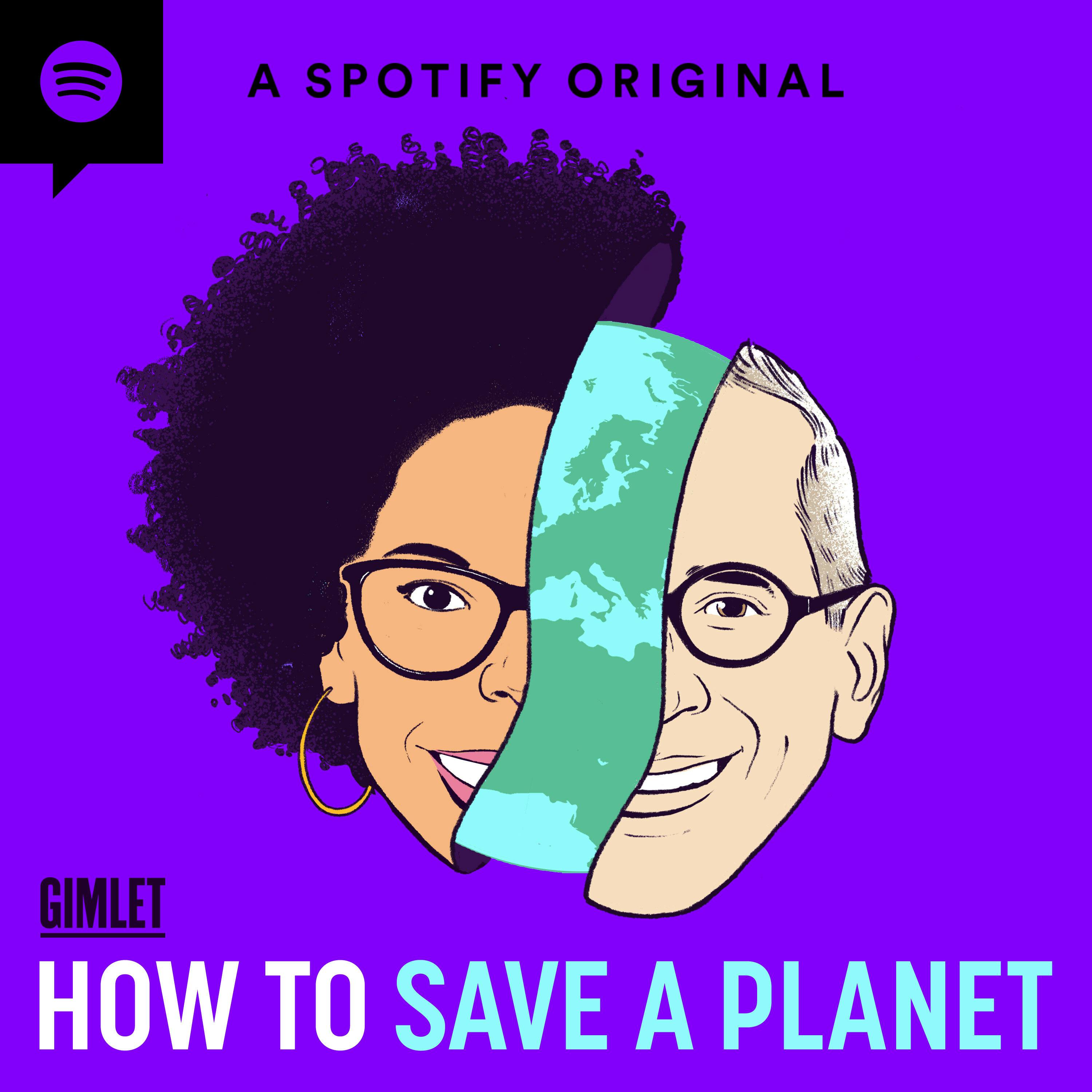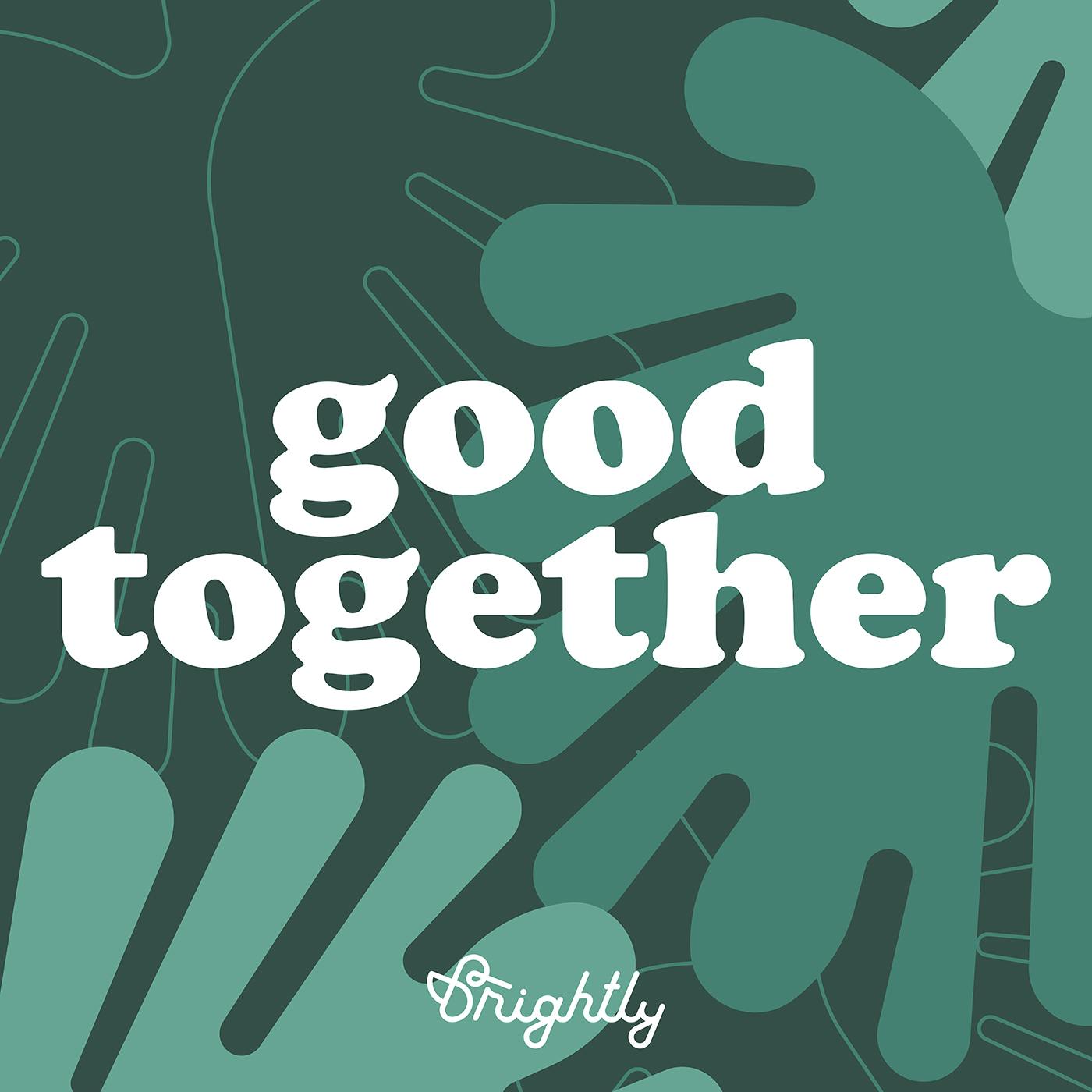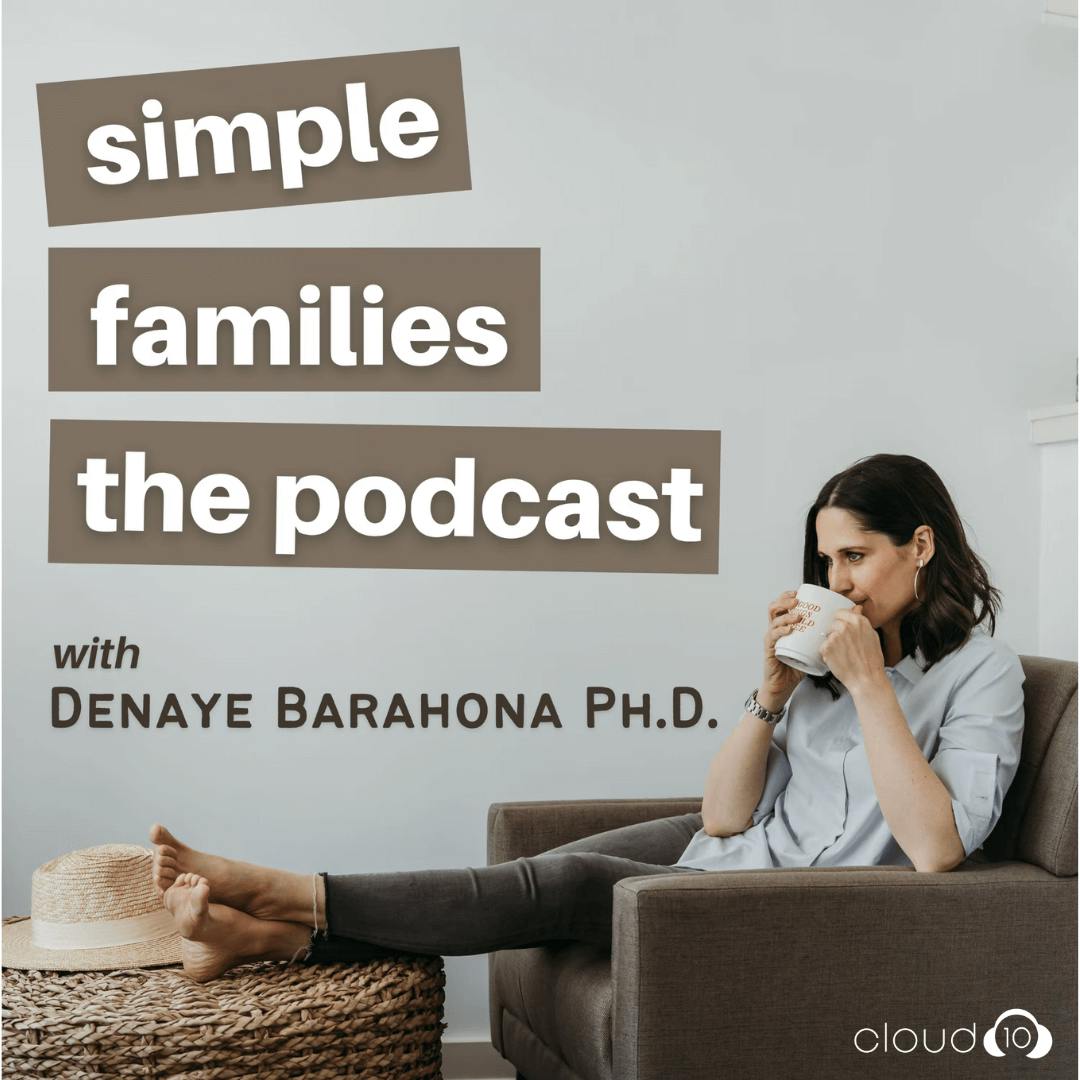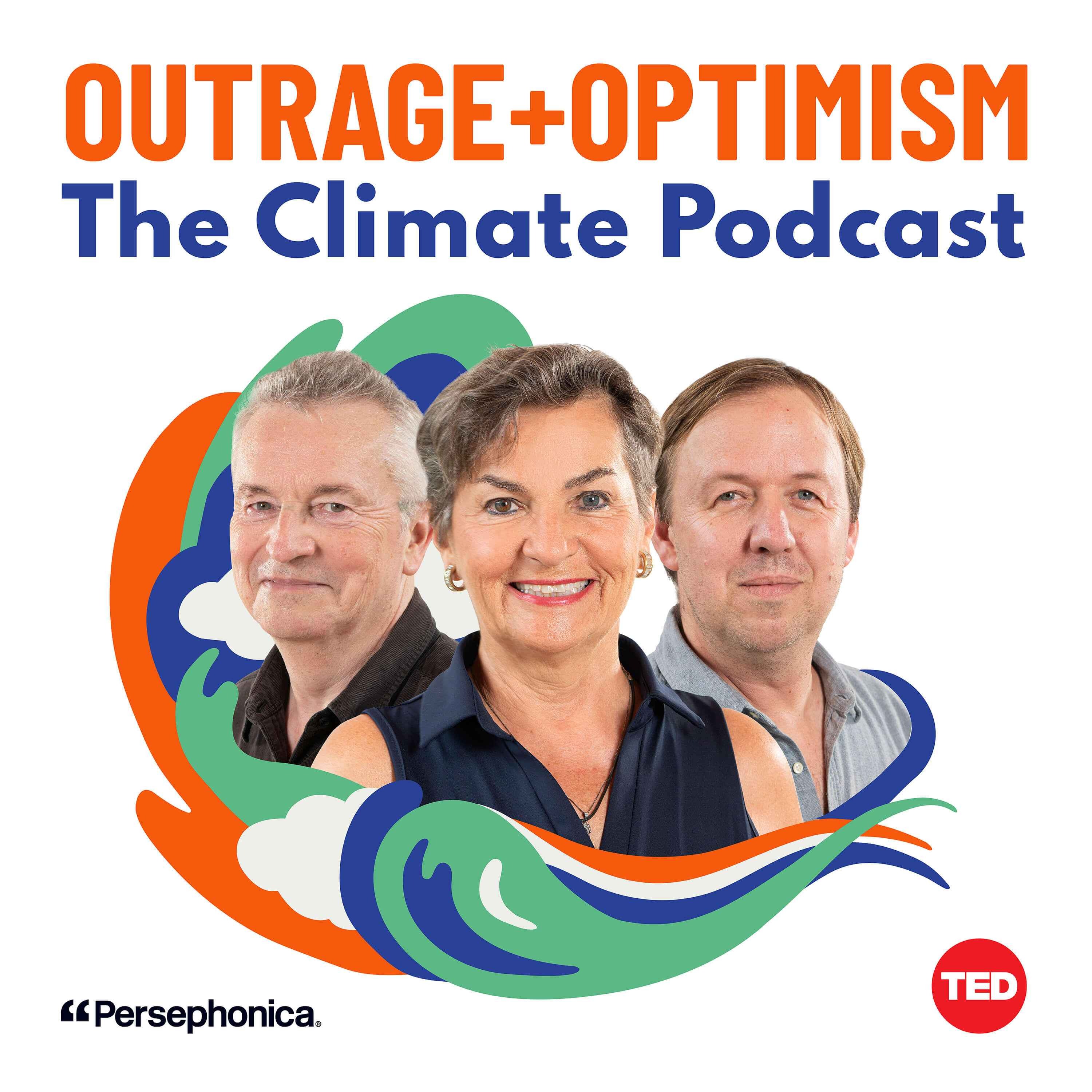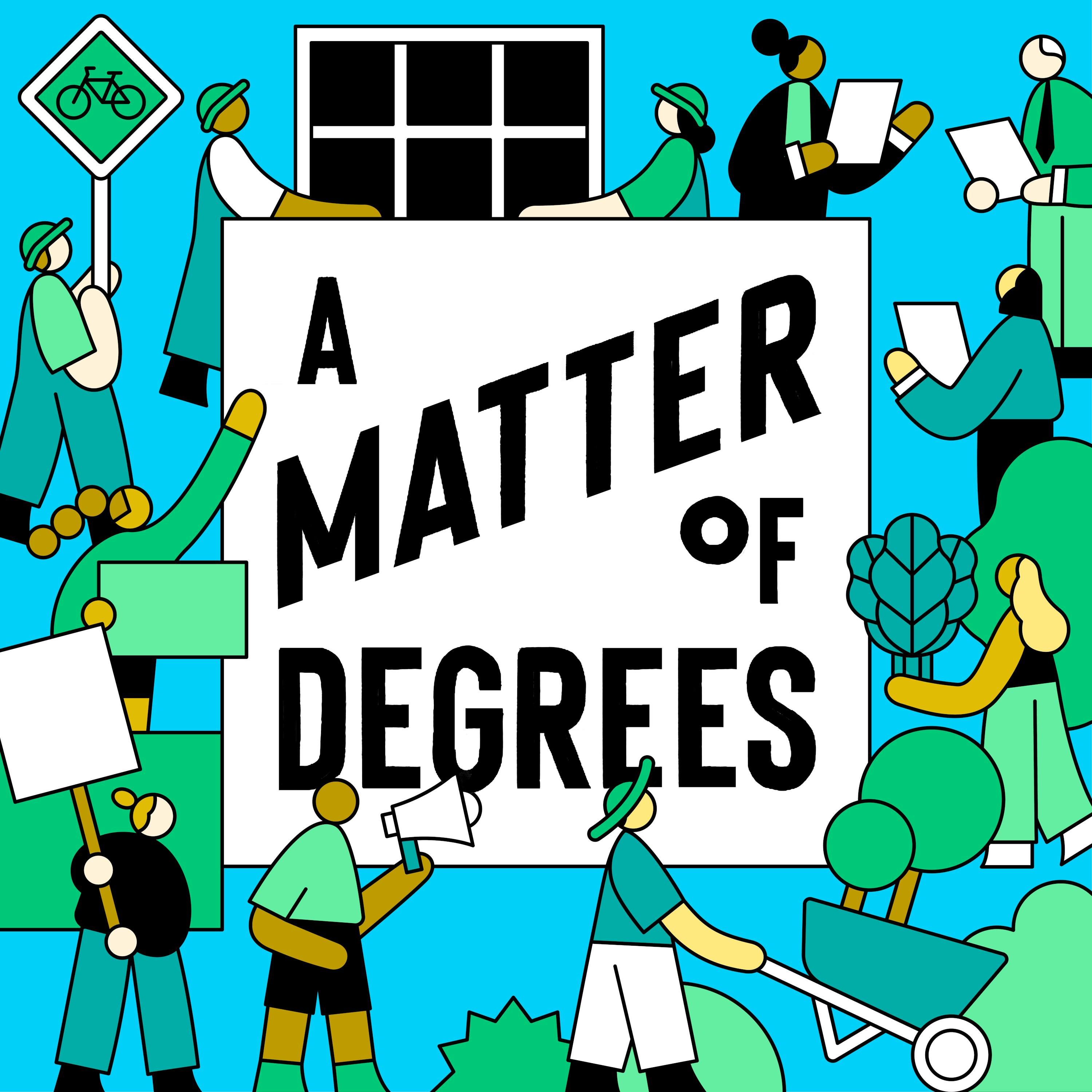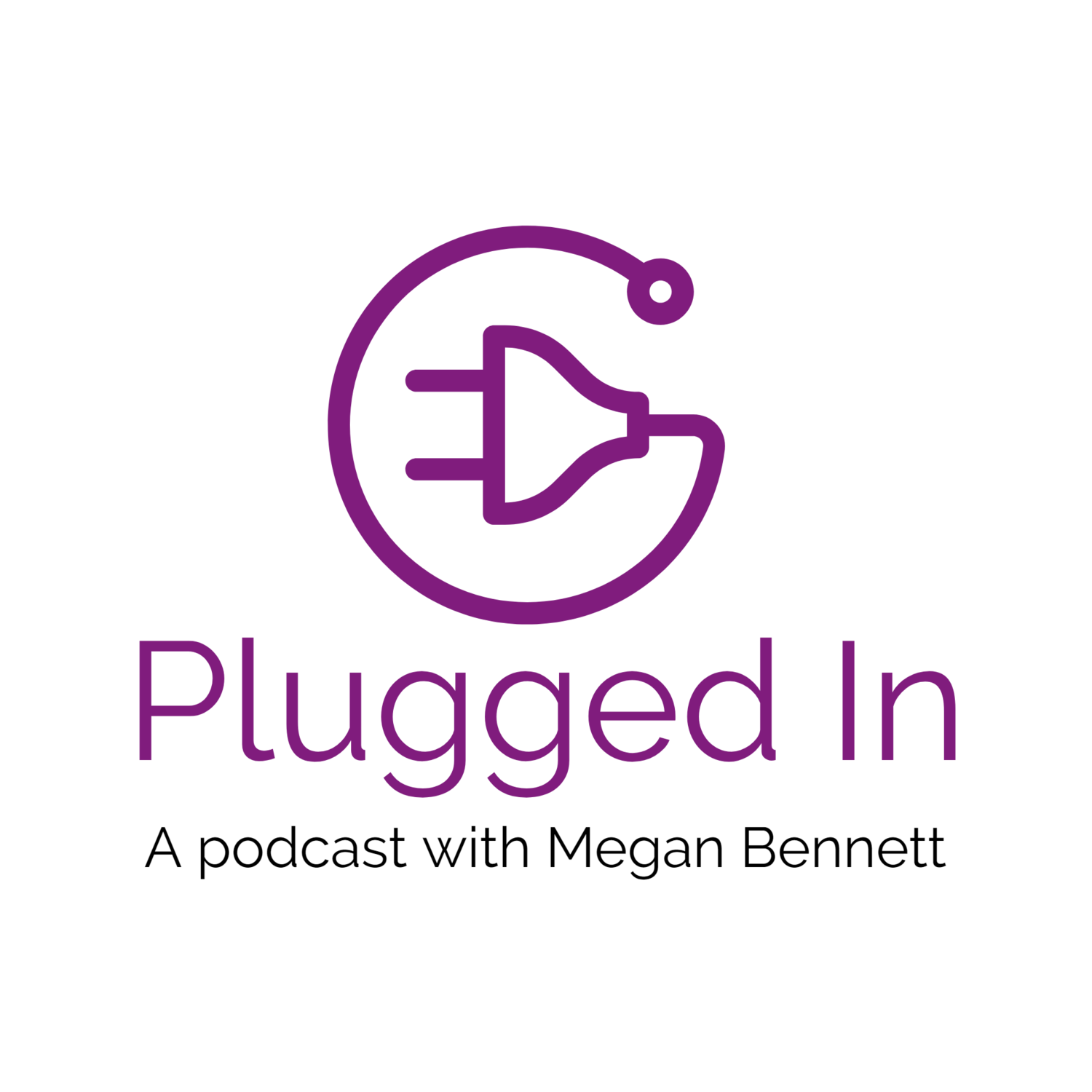
Sustainable in the Suburbs
Want to waste less, save more, and make your home a little more eco-friendly? Sustainable in the Suburbs is your go-to podcast for practical, judgment-free tips and real-life stories to help you build sustainable habits that actually stick.
Hosted by Sarah Robertson-Barnes — a suburban soccer mum, sustainability educator, and founder of the blog Sustainable in the Suburbs — this weekly show brings doable advice, honest conversations, and actionable ideas to help you waste less, spend smarter, and live more sustainably at home.
Because sustainable living doesn’t have to be perfect to matter — and you don’t have to do it all to make a big impact.
Start where you are, use what you have, and live a little greener.
Sustainable in the Suburbs
4: How to Do a Household Waste Audit
What we throw away tells a story. When we take time to look at what’s going into the bin (and why), we can start making more intentional choices, one small shift at a time.
This week on Sustainable in the Suburbs, I’ll guide you through how to do a simple waste audit. It’s a great starting point if you’ve ever wondered where to begin with low-waste living. And it’s a powerful reminder that every small step adds up!
Takeaways
- How to do a simple waste audit at home, at the office, or in the classroom.
- What to look for when analyzing your waste.
- How mindset shifts can help you reduce waste without overwhelm.
- Why household waste is only one piece of the bigger system — and what you can do about that.
One Small Shift
This week, just start noticing. Before you download your FREE Household Waste Audit Workbook, just take a short pause when you are about to toss something in the bin. Where did this thing in your hand come from? What else could you do with it? What bin does it really belong in? And what happens to it after it leaves your home?
Resources
If you’re looking for more ways to reduce waste at home, you might also like these posts:
Household Waste Audit Workbook (free printable download)
How to Conduct a Waste Audit With Kids
How to Prevent Food Waste With Kids
Connect With Me
Sustainable in the Suburbs is mixed and edited by Cardinal Studio
If you enjoyed this episode, I’d love it if you followed the show, shared it with a friend, or left a rating and review. Every little bit helps more people find Sustainable in the Suburbs — and live a little greener.
There is no such thing as a way when we throw something away at Moscow somewhere. That quote from Annie Leonard in the story of stuff has stuck with me over the years because once you see it, you can't unsee it. Welcome to sustainable in the suburbs, a podcast for the eco curious who want to live a greener life and are looking for a place to start. I'm your host, Sarah Robertson Barnes, a soccer mom with a station wagon and a passion for sustainable living. Each week I'll bring you practical tips and honest conversations to help you waste less, save money and make small doable shifts that actually fit your real life. Because sustainable living doesn't have to be perfect to matter and you don't have to do it all to make a difference. Hi friends. Welcome back to Sustainable in the Suburbs. The podcast where we start where we are, use what we have and live a little greener. Today we're talking trash. Literally. Have you ever taken a good look at your garbage? I know it's not exactly glamorous. Most of us just toss stuff and never really think about where it's going or how much we're throwing out. We just take it to the curb, it gets picked up and that's it. Out of sight, out of mind. But have you ever actually looked at what's in there? Like really looked? We all think we have a general idea of how much we're tossing. And if you're like me, you've definitely looked up and down the street on garbage day and quietly wondered where it's all coming from. Every now and then it's worth paying very close attention to what's in our bins. What we throw away, whether it's trash, recycling or compost, it tells a story. It says so much about what we buy and what we waste, what habits are on autopilot and where the larger systems are failing us. Today I'm walking you through how to do a simple household waste audit. It's a simple eye-opening way to get a clearer picture of your habits so that you can cut back, save money. and make shifts that actually make sense for your life. It's not about being perfect or trying to cram all of your waste into a mason jar. It's just a tool. It's one that I come back to over and over again to help you notice what's really going on in your home and what's working and what's not, and maybe even where you might want to raise your voice a little. Sustainable living is really just about examining our habits and changing them. And it starts by noticing what we're doing right now. So let's dive into our bins. So what is a waste audit exactly? It's honestly just a fancy way of saying, pay attention to what you're throwing away. And that's it. For a few days or even just one, keep an eye on what's ending up in your garbage, your recycling and your compost if you have access to it. What kinds of things are you tossing and how much? Are you throwing out the same stuff over and over again? What are you buying just to throw away? So before you picture yourself like knee deep in a pile of trash with a clipboard, don't worry. You don't have to dig through anything or sort it on the kitchen floor. It doesn't have to be gross or overwhelming. It's also not about being perfect or judging yourself. It's just about noticing, taking stock of where you're at and identifying things that you might want to change. We do a waste audit at our house every year or so as more of a check-in. It's just a way to see where we're at and what new habits have crept in. If anything needs adjusting, it's those small moments of noticing that can help us shift things in a way that actually works for how we're living right now. So for example, my kids have recently become obsessed with making themselves ramen after school. And so suddenly our garbage was overflowing with those packages. So that was my cue to look for a lower waste alternative. And that ended up being buying a big bulk bag of the noodle puck things at the shop instead of the individual packages. So this exercise is very flexible. You can do a waste audit in whatever space or timeframe makes sense for you. You can do it in your kitchen, in your bathroom, at your office, even in your kid's classroom. If you're a teacher or a parent volunteer, I've gone into my kids' to do this before and it was actually really fun. You can do it on your own or involve your kids. I actually have a blog post on this with my kids when they were small and I will link that down in the show notes for you as well. I do recommend doing it as a family as a way of getting everyone on board with becoming aware of waste and what changes you want to make together. If you want some guidance with this, I have a free household waste audit workbook that walks you through the whole process. So you can grab it on my website and I'll link it in the show notes. It's printable. It's super easy to follow and designed to work with any bin that you want to investigate. And I really mean this waste audits are one of my favorite low effort, high impact tools. And it's really fun. I promise. Once you do one, you will start noticing all kinds of patterns that you didn't even know were there. And that's where the real magic happens. So how do you actually do a waste audit? Let's go dumpster diving, so to speak. All right, first things first, a little prep goes a long way. Before you start tracking anything, take a few minutes to gather your materials and talk to the people that you live or work with. So if you live with other people, a partner, roommate, kids, let them know what you're doing and why. And just... Again, make it known this isn't about guilt or like suddenly banning granola bars. It's just a check-in to see what's actually going on and where you might want to make a few simple changes together. You'll also want to decide how long you're going to track your waste for. So I usually suggest anywhere from three to seven days for a clear picture. Long enough to notice some patterns, but not so long that you're like totally over it. Thursday to Sunday works well as it gives you both enough time. to gather enough trash and some time to really dig into it. So here's what you'll need to get started. You'll want to grab the workbook, of course. All these instructions are in there for you and there's a printable tracking sheet, so you can grab that down in the show notes. You're to want your actual trash and recycling. So from whatever room you've decided to get started in, grab the bins. And then you might want to have a few additional bins or buckets or whatever to start sorting into if it was just sort of a mixed bin. You might want some gloves. This is optional, but it's helpful if things have gotten a little wet or gross. That's totally up to you. Then you'll also want a flat surface to work on. Kitchen counter is fine. We do it on the kitchen table because I have a big chalkboard on the wall of my kitchen. So we just do it there. If you have food scraps in your trash, this can get a little messy. So keep listening for some suggestions on how to track your trash if this is the case. You don't want a pen or a pencil, of course, and a rag and some eco-friendly cleaner for the aftermath. So once you've got your supplies and you've planned out how long you'll track, you're good to go. Now it's time to start tracking what's actually going on in the bin. There is a printable tracking sheet for you in the Household Waste Audit workbook to help you record what you're seeing. It's super flexible. It's easy to adapt to your space and your way setup, whether you're doing this at home or at work. So again, you can grab that down in the show notes. Next, be very clear about the length of time that works for you. You might want to choose the days either between your regular waste collection or between grocery shops, something that you feel will capture a good full cycle of your habits. As you start collecting your waste, separate the items into the most common waste streams. So you're what's going to landfill, it's your trash, your recycling and your compost or organics. Then group your similar items. So... your bread bags, wrappers, yogurt cups, banana peels, whatever, and do a simple tally. This is gonna help you identify your frequent flyers. Alternatively, you can just track things as you go, just jotting down items as you toss them. I personally like the big sort method at the end of the tracking period because it gives you a fuller picture of what's in your bins and helps make trends more obvious. But if the idea of sorting through your trash isn't your thing, especially if your food waste goes into the garbage because you don't have composting solutions yet. Don't worry. You don't have to get messy. Just keep the tracking sheet nearby and write things down in real time. This forced pause every time you open the bin is also really valuable. I will be doing future episodes on composting options and preventing food waste. So stay tuned for that. But for now, let's just focus on what's happening in your bins right now in this season of life. Once your tracking period is done, it's time to look back and make sense of what you've noticed. If you've saved your waste for the big sort, this is when you'll group everything by type, your wrappers, your yogurt tubs, bread bags, whatever, and tally them up. And if you've been tracking as you go, then your workbook should already give you a pretty clear picture. If you did the big sort, take a photo. It's a really helpful visual tool and a nice way to reflect later without having to keep everything physically sorted. And if you're someone who really likes data, you could even weigh your output to compare it to next time. So whether you've got piles on the table or just a page full of notes, the goal is the same. Start looking for patterns. A simple tally is more than enough to spot trends and get a sense of where your waste is coming from. So what kinds of waste showed up again and again? And what surprised you? What feels unavoidable and what might be easy to swap out or reduce? So Maybe you notice that you have a bunch of individual yogurt cups in the recycling bin where they are probably not going to get recycled anyway. So an easy swap there is to buy the large tubs of yogurt instead and then portion it out into reusable containers throughout the week. The bigger tubs use less plastic overall and they're reusable. I save ours to pot up my seedlings in the spring. I just poke a few holes in the bottom for drainage. and then flip the lid upside down for a drip tray and I'm all set. Remember, it's only single use if you use it once. Maybe you find you're tossing out a lot of plastic wrap or sandwich bags from school lunches and realize that this could be an easy shift to reusable snack bags or silicone bags, stainless steel containers or beeswax wraps where appropriate. Or when you're face to face with all the paper towel that you used that week. You could decide to cut down and try using cloths or rags for some of your regular cleanups. Paper towels are my personal pet peeves, but that's another story for another time. Those goes on, but remember, this isn't about overhauling everything all at once, just noticing where you are and choosing one or two things to work on for now. That's the power of this process. It gives you real insight into your everyday habits so that you can make changes that actually fit your life, not in a mason jar. Now let's zoom out for a minute. And one thing I want to say here, and this is important, is that the waste in your bin is not all your fault. The way things are made, sold, and packaged is designed for convenience. It's a feature, not a bug of the system. So if you're looking at your audit results and thinking like, why is everything wrapped in plastic or why are there no better options for this? That's not a personal failure. That is a policy failure. And I know that can feel discouraging, like no matter what you do, it's not enough to fix the big picture. But remember, systems are made of people and people can be influenced. Your individual actions are powerful because once you see what's going on, you can start asking questions and pushing back and using your voice in ways that goes beyond what's in just your bin. Maybe that means speaking with your local grocery store or your favorite brands about their packaging choices. or contacting your reps about extended producer responsibility, or maybe it's just about having conversations with people in your community and supporting local small businesses that are doing things differently. So if you want to give this a try in your own home, be sure to download the household waste audit workbook from the show notes and dive in. So for this week's one small shift, it's going to be a mindset shift. It's just to start noticing or pausing before you throw something into the bin. So just hold the object in your hand and think like, where did this come from? How was it made? And from what? What else could I use this for? What bin does it even belong to? Can this actually be recycled? And what happens after it gets picked up from my curb? Just the mindset shift to just noticing, just getting all Zen with your trash and connecting with it. I know it sounds weird, but just try it for one or two items and see how that feels. So to recap, a household waste audit is just a simple, low pressure way to get curious about what's actually going on in your bins. It's not about guilt or going zero waste. It's just about noticing what is being wasted, spotting a few easy wins, and maybe even seeing the bigger systems that are at play. So if you're ready to give it a try, grab the free household waste audit workbook in the show notes. And I would love to hear from you about how your waste audit went and what surprised you. what you're thinking about changing or just any questions that you might have. You can always slide into my DMs or send me an email. So if you want more ideas and encouragement like this, uh make sure that you're on my email list. send out weekly-ish tips and small shifts to help you be more sustainable in the suburbs. So you can sign up right now at sustainableinthesuburbs.com or you can check the show notes for the link. Until next time, start where you are, use what you have and live a little greener. Thanks for tuning in to Sustainable in the Suburbs. Every small step adds up and I'm so glad we're doing this together. If you enjoyed this episode, please make sure to follow the show, share it with a friend and leave a review wherever you get your podcasts. You can find me at sustainableinthesuburbs.com or at Sarah Robertson Barnes on all the things. Until next time, start where you are, use what you have and live a little greener.


![[OLD IMPORT] Green Dreamer: Seeding change towards collective healing, sustainability, regeneration Artwork](https://img.transistor.fm/Cu7NhHL7AkMmLzHdklSCPpCReUYOwJA3MsPaYf0GyVQ/rs:fill:0:0:1/w:1400/h:1400/q:60/mb:500000/aHR0cHM6Ly9pbWct/dXBsb2FkLXByb2R1/Y3Rpb24udHJhbnNp/c3Rvci5mbS9hZWY0/MTZkZjU2NTNmM2Ez/YzFmMjU1ODRhMzRk/YmE3ZC5wbmc.jpg)
